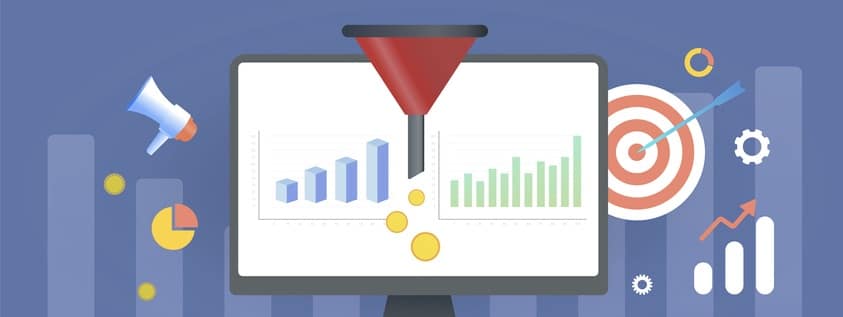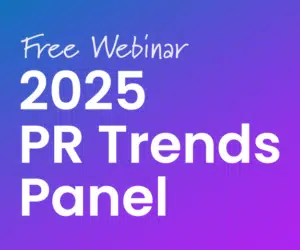Attracting the right leads to your business is an art in and of itself. You need the right messaging, the right marketing channels, and the right data to generate the right leads.
The last factor—data—is probably the most important to hyper-personalized lead generation.
Data-driven strategies for lead generation will help you make informed decisions that accurately reflect your target market.
You’ll also enjoy increased ROI because data can make your lead-generation process more efficient. As a result, you can focus your time and effort on leads likely to convert.
Let’s explore some ways to drive high-quality leads using data:
1. Leverage customer profiling to define your ideal audience
Collect insights about your target audience to segment them into the right buyer groups. Your customer profile should include:
- Demographic information: This data includes age, gender, location, career, industry, etc. Not every customer will fit this demographic mold, but filling it out gives you a general idea of basic customer information.
- Interests: What are your customer’s goals? What features do they value in a product? You can glean these insights from customer surveys.
- Pain points: What keeps your customers up at night? Information about your customer’s pain points can inform your lead generation strategy. You can improve your offerings and marketing messaging to address their pain points.
- Purchase behavior: This includes purchase frequency and products/services used. By filling out this section, you’ll be able to determine what products/services seem to be most valuable to your customers and how often they purchase from your business.
In addition to surveys, you can also conduct customer insights analysis and market research to help you fill out your customer profiles.
If your survey data needs more complex oversight, you can always use software for automated analytics that can help you generate these crucial insights.
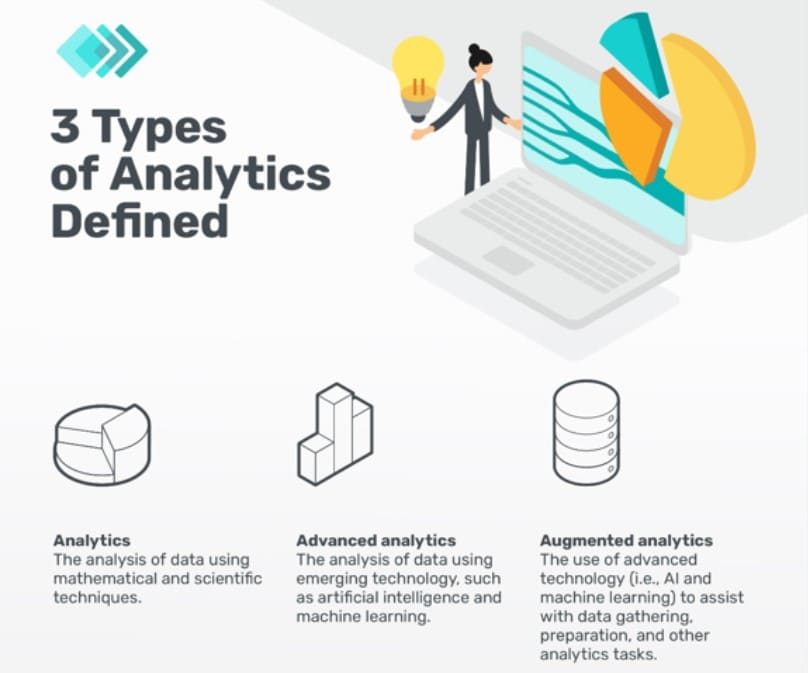
2. Categorize your leads
Lead categorization is one of the most important data-driven strategies for lead generation.
Once you define your customer profile, you can categorize your leads into marketing-qualified leads (MQLs) and sales-qualified leads (SQLs).
MQLs have a high chance of conversion, while SQLs show a high buying intent and have the potential to convert to paying customers with lead nurturing.
Defining MQLs
You can use closed-loop analytics to determine your marketing-qualified leads. That’s because this data helps you understand your current customers and their path to becoming a customer. As a result, you can uncover what activities are likely to yield a paying customer—”closing the loop” on your marketing efforts.
Closed-loop analytics involves comparing data between two or more analytics tools (i.e., Google Analytics, a CRM, etc.) to get a full view of the customer lifecycle.
To do this efficiently, you might track the following metrics:
- Overall traffic: In total, how many people visit your website?
- Channel-specific traffic: How many people visit your site from a particular channel (e.g., social media, organic search, direct URL, etc.)?
- Content shares: How often do people share your website content/blog posts?
- Bounce rate: What’s the average number of visitors who leave your webpage without taking action?
- New vs. returning visitors: How many repeat site visitors are you attracting?
- Social comments: How many comments are you generating on social media?
- Total conversions: How many of your site visitors convert into customers?
You can also look at metrics specific to mass email marketing, such as:
- Clickthrough rate (CTR)
- Conversion rate
- Bounce rate
- Email sharing/forwarding rate
- Open rate
- Unsubscribe rate
Based on this data and the customer profiles you created, you can assign a value to different leads in a process called lead scoring.
For example, you might assign a higher lead score to a prospect who closely matches your customer profiles, clicked on one of your emails, and downloaded an ebook but didn’t buy than a prospect who barely interacted with your business at all.
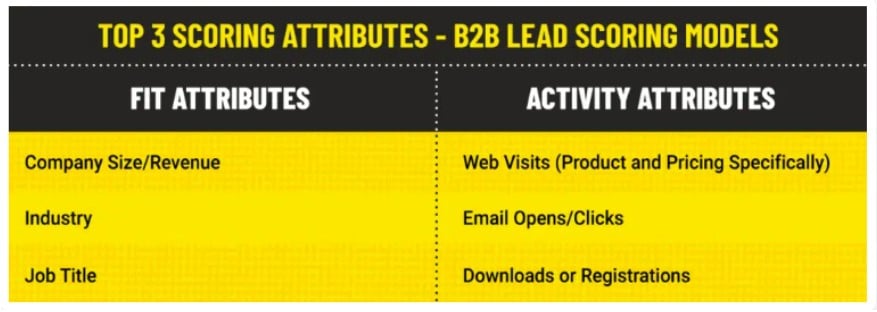
You might also give leads a relatively high score if they:
- Visit your site from a referral that’s produced SQLs in the past.
- Contact you directly via email or your website’s contact form.
- Revisit certain pages of your website multiple times.
- Register for a webinar or upcoming event.
You can classify prospects with the highest lead scores as marketing-qualified leads.
Defining SQLs
An MQL usually turns into an SQL once they’ve moved further down the buyer’s journey.
At this stage, leads are likely looking at your product/service as a solution to their pain points. And they’re ready to be approached by your sales team.
How you define SQLs will depend on the length of your sales cycle, the size of your sales team, or even your sales reps’ previous experiences.
But generally, you’ll know when you have a sales-qualified lead when they’ve demonstrated a high level of interest in your product or service and a strong likelihood of completing the sales process.
Of course, it’s not that simple. A member of your sales team will contact the lead. They’ll ask the lead questions about their budget, decision-making authority (for B2B sales), needs, and/or preferred timeframe for making the final purchase.
If your product is right for their budget and suits their needs, then sales are likely to qualify the lead.
You’ll then use different marketing strategies, outreach, and brand messaging to convert these leads into customers.
3. Capture customer data with web forms
Nearly 50 percent of companies that use web forms for lead generation consider them their highest-converting lead generation method.
Use your lead forms to gather basic contact details like name and email. The shorter the form, the more likely a prospect is to complete it. For example, this lead form for prospects interested in a demo of HR software is short and to the point.
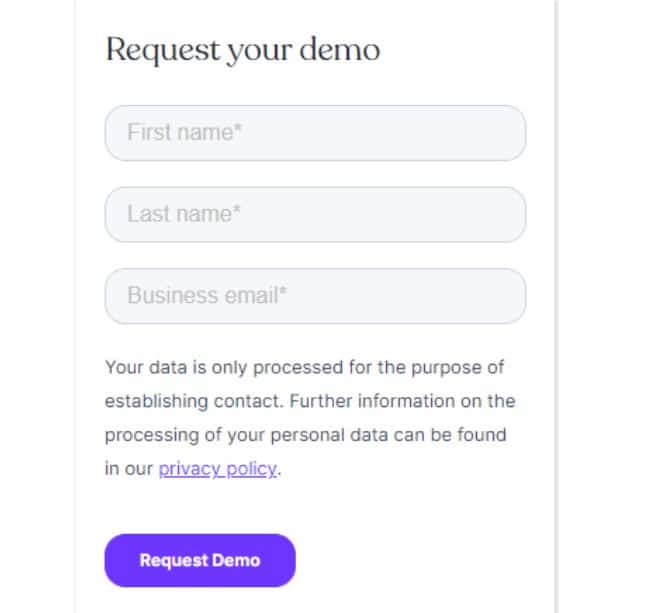
If you’re worried that basic contact details aren’t enough information, you can use a data platform that offers inbound lead enrichment.
This solution can provide extra details you need to better score leads, including the lead’s work experience, job title, customer profile fit, education, location, etc.
With this information, you can prioritize sales outreach and personalize lead nurturing campaigns, all without a lengthy form.
Courier services and other businesses rely on estimates and quotes before signing client contracts. So, using specific data from quote forms can improve marketing and increase conversions, ensuring timely deliveries and customer satisfaction.
Collecting information from prospective clients via a request for quote (RQF) form allows the contractor or business to customize an accurate estimate for each customer.
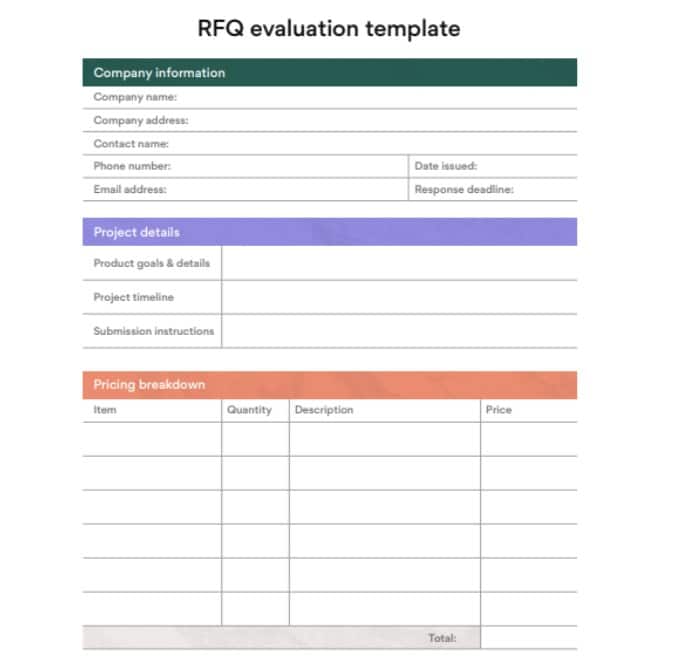
4. Use clean, structured data
One of the worst things you can do is use problematic data to inform your lead generation strategy.
Problematic data is any data that’s duplicated, missing, incomplete, incorrect, inconsistent, inaccurate, or irrelevant. This can affect the quality of your lead data.
As a result, you may have a hard time segmenting and personalizing your leads.
The first step to ensuring your data is clean is to conduct an audit. You’ll be able to identify potential issues that could be affecting the accuracy, reliability, and quality of your data.
Start by identifying your data sources and checking for errors, including data gaps and outdated information.
You can use a data validation tool to do this, which can verify customer email addresses, phone numbers, postal codes, etc.
Data validation tools can also:
- Enrich data with additional information like industry, company size, and location.
- Standardize data formats (e.g., dates, currencies, names, etc.).
- Merge or delete duplicate data.
- Fill in missing values.
Better data storage practices can help you maintain the cleanliness of your data. You can use reverse ETL to help you streamline the flow of data from centralized warehouses directly to operational systems and SaaS tools.
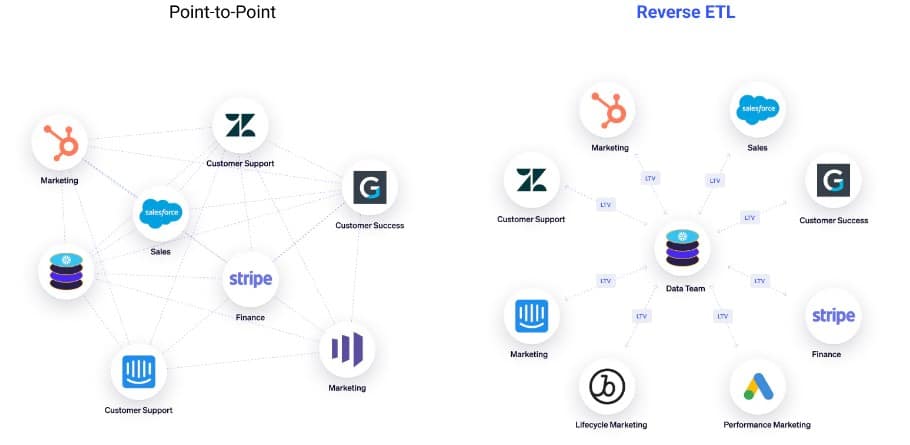
With this data-driven process, you can create hyper-personalized experiences for potential customers, increasing the likelihood of conversion.
5. Invest in the right tech stack
Hyper-personalized lead generation that relies on cutting-edge technologies like advanced data analytics, artificial intelligence, machine learning, and marketing automation platforms.
For example, software like SAP Business AI can empower you to analyze vast amounts of data, segment your audiences precisely, and deliver highly targeted and personalized content to potential leads.
With a real-time, scalable personalization engine, SAP software offers over 60 AI-powered use cases to customize and deploy revenue-driving campaigns rapidly.
Additionally, it provides hyper-personalized product recommendations across various channels such as email, SMS, web, and mobile apps.
To get the most out of SAP Business AI and navigate its intricate functionalities effectively, partner with expert SAP consulting services.
These consultants have the expertise and insights to guide your business toward leveraging SAP Business AI capabilities for optimal hyper-personalized lead generation.
6. Create and distribute content that resonates with your target audience
Using data from your customer profiles, create high-quality content that leads care about.
This content should cater to their interests and pain points and answer their most pressing questions.
Your rich library of content might include:
- Blog posts
- Podcasts
- Newsletters
- Case studies
- eBooks
- Webinars
For a hyper-personalized approach, distribute different content based on where leads are in the sales cycle. This process might mean sharing informational blog posts on your social media accounts to reach people learning about your business.
These prospects haven’t identified their problems yet. So, introducing topics that may highlight their pain points is a good first step for drawing in leads at the top of the funnel (TOFU).
On the other hand, if a lead has already interacted with your business by clicking a link, filling out a form, or opening one of your emails, they could be actively looking for a solution to a potential problem.
In this case, an in-depth ebook, persuasive case study, or value-adding webinar may help guide them down the marketing funnel. For example, UPS invites business owners who have filled out a lead form to a webinar on building brand awareness.
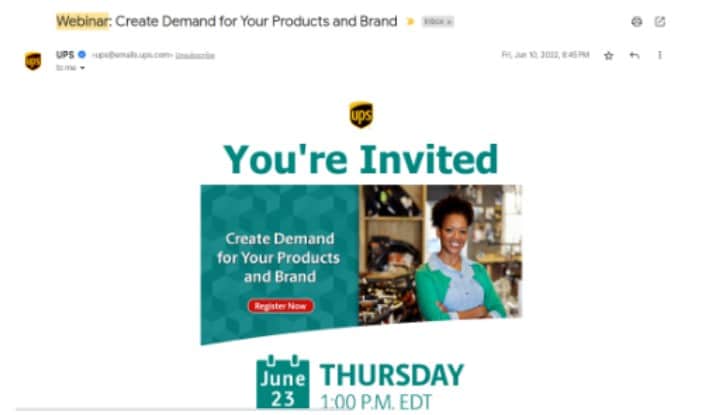
Screenshot by Britney Steele
7. Prioritize an inclusive user experience
You can’t achieve hyper-personalization if you’re not targeting and catering to specific populations, such as people with disabilities.
Some of your potential leads may need additional help navigating different customer touchpoints due to a visual or hearing impairment.
The first step to hyper-personalizing the customer journey for people with disabilities is adopting inclusive data collection practices. For example, you could include specific options related to disabilities within your forms or surveys.
Allow prospects to provide information about their specific needs and preferences for a more personalized approach.
Then, you can segment these leads into specific groups to ensure your outreach is tailored and relevant to their specific needs.
Here are some tips for adopting a more inclusive lead-generation strategy:
- Prioritize accessible website design: Make sure your website is fully accessible to individuals with disabilities. Add semantic HTML, alt text for images, intuitive navigation, video captions, and zoom capability for compatibility with assistive technologies. An accessible website not only enhances user experiences but also showcases your dedication to inclusivity.
- Make your content accessible to everyone: Use plain language, offer transcripts for multimedia content, and present downloadable resources in accessible formats such as PDFs. Pay attention to font choices, color schemes, and contrast ratios to accommodate those with visual impairments.
- Optimize lead forms for accessibility: If your website uses forms to gather lead information, make sure they’re accessible. Clearly label form fields, provide concise instructions, and use error messages that are easy to understand. Guarantee compatibility with screen readers and facilitate keyboard navigation.
- Diversify customer touchpoints and marketing channels: Offer a variety of channels for people to get in touch or express interest, including phone, email, chat, and contact forms. Recognize that different people with disabilities may have preferred communication methods and offer choices that accommodate those preferences.
Here’s a great example of ACLU’s website, including ARIA tags to provide enhanced meaning to the HTML, offering more context for accessibility.
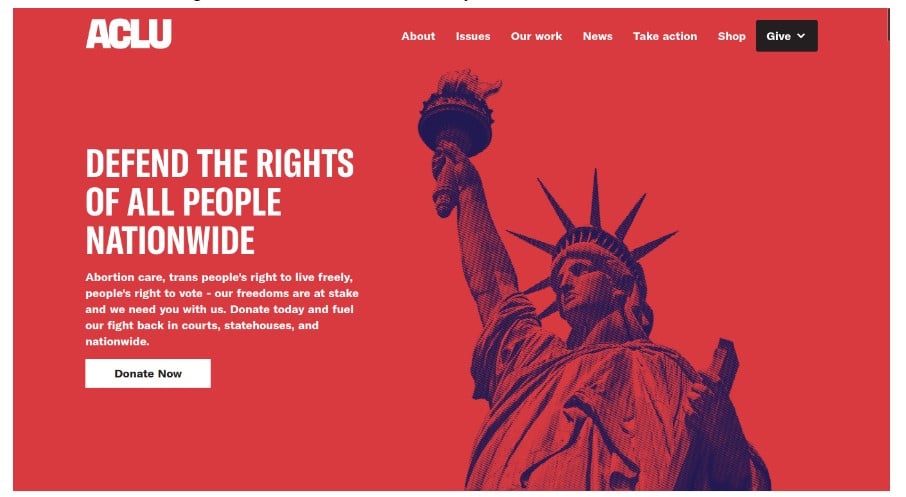
But when in doubt, use a WCAG compliance checker to perform audits to ensure that your website is accessible to all.
Measure the effectiveness of your tactics
Data-driven strategies for lead generation involve using data to understand audience behaviors, preferences, and trends. This isn’t just important for sales and marketing teams.
PR professionals can also use these strategies to tailor their outreach and communication strategies more effectively.
Using valuable data insights, they can enhance media relations, watch industry trends and sentiment, and measure and optimize campaign performance.
A data-driven lead generation strategy is incomplete without KPIs and corresponding dashboards to track your performance consistently. Use metrics like conversion rate, click through rate, and cost per acquisition to measure lead gen success.

